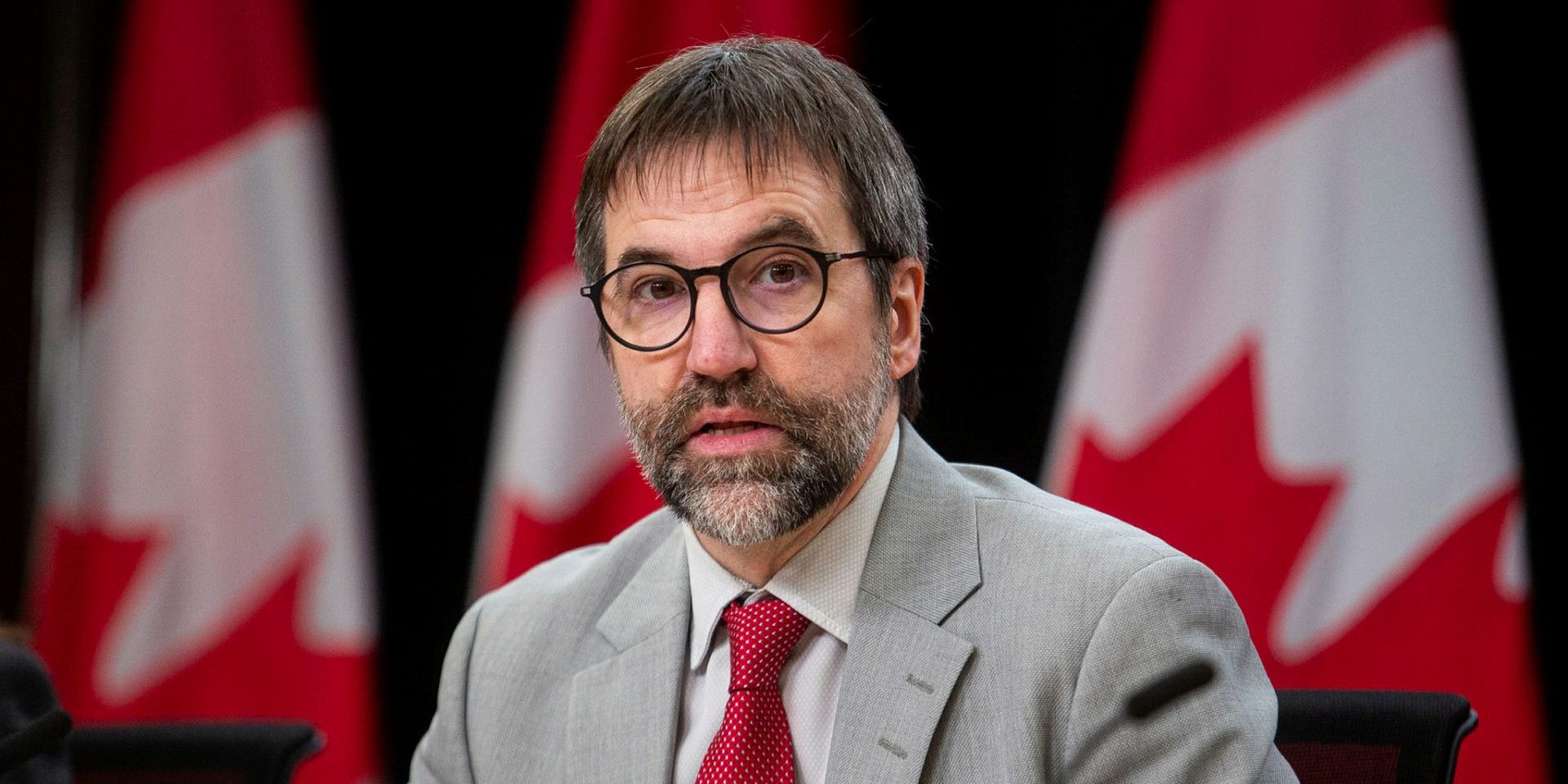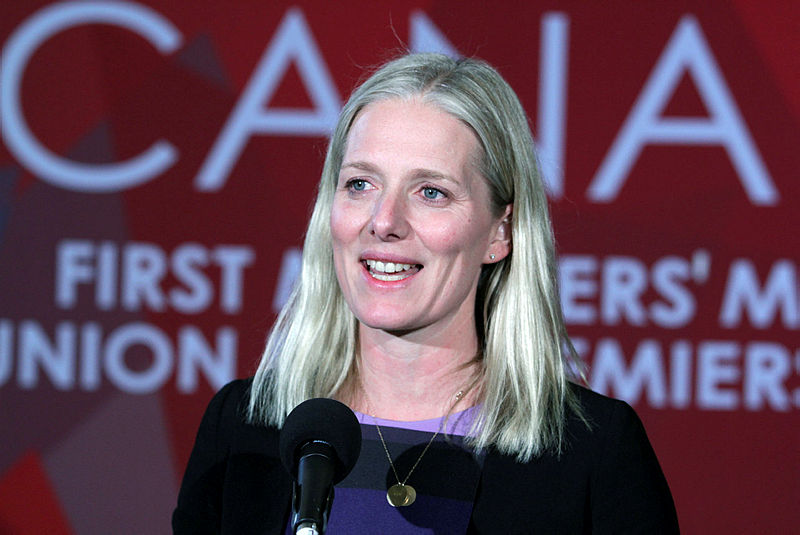- Despite ongoing conservation efforts across the country, biodiversity continues to decline, and the number of species at risk of extinction continues to grow.

- Despite ongoing conservation efforts across the country, biodiversity continues to decline, and the number of species at risk of extinction continues to grow.
- Despite ongoing conservation efforts across the country, biodiversity continues to decline, and the number of species at risk of extinction continues to grow.
























